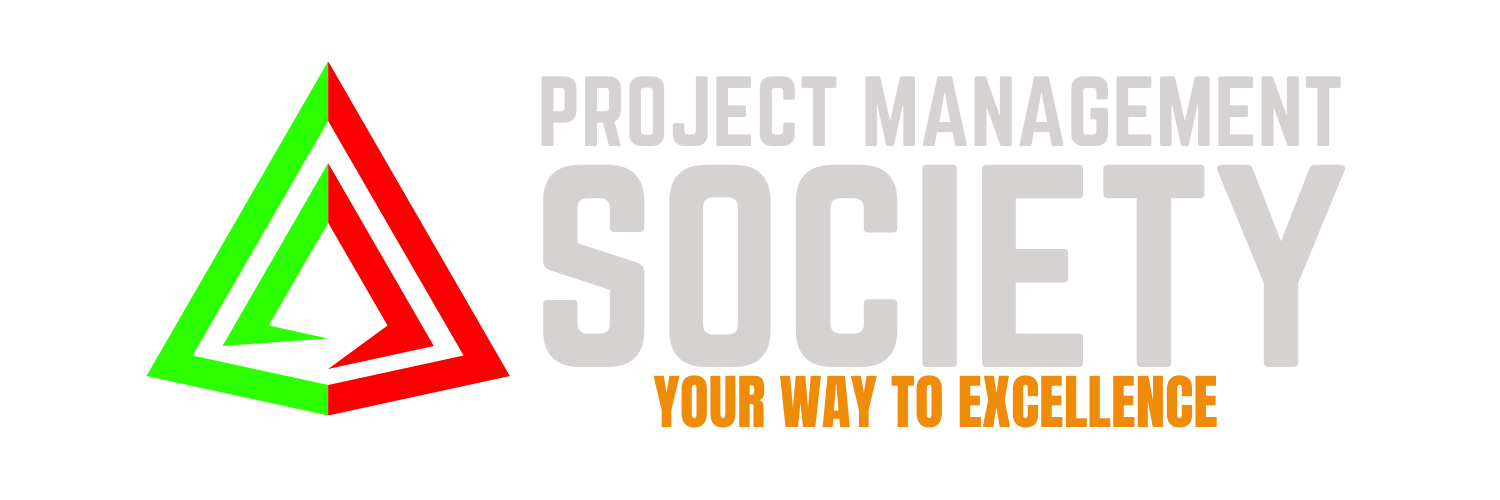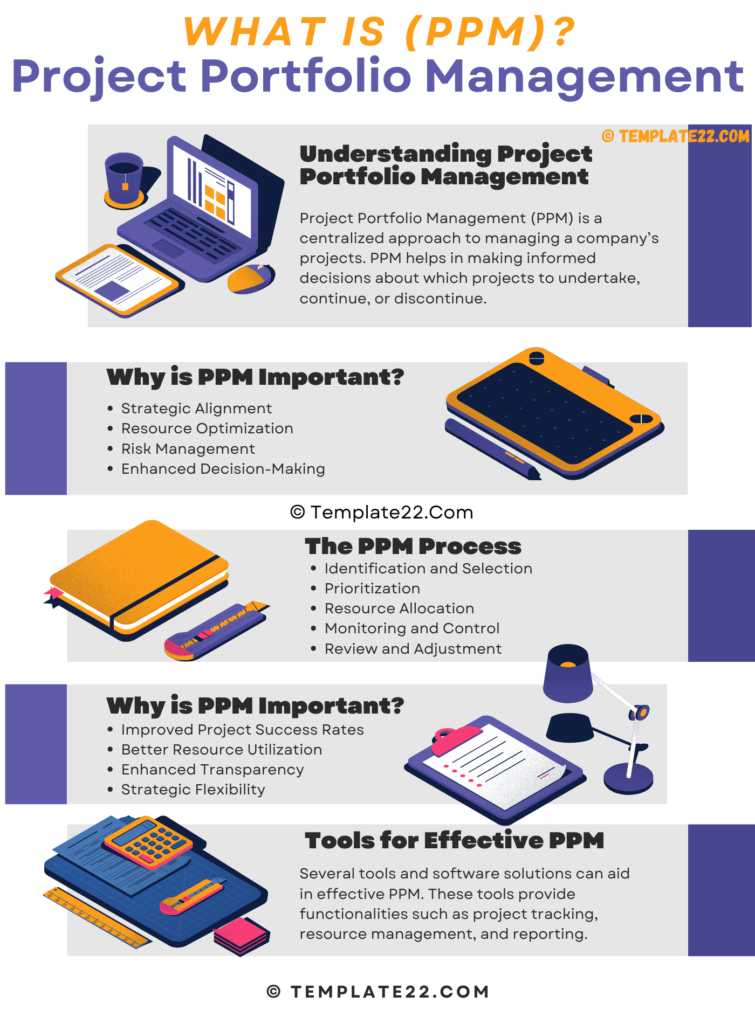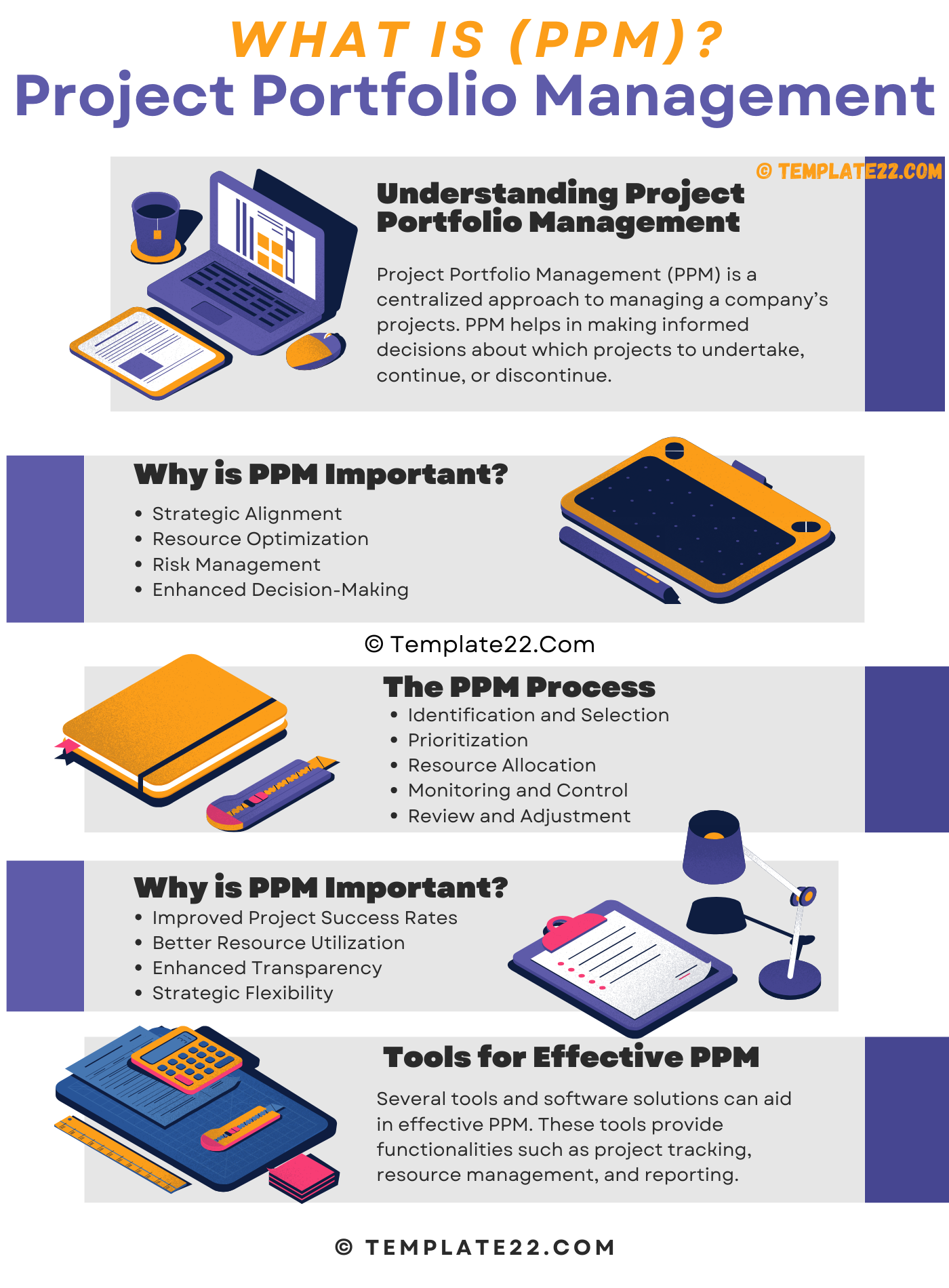 In today’s fast-paced business environment, managing multiple projects can be overwhelming. That’s where Project Portfolio Management (PPM) comes in. PPM helps organizations prioritize projects, allocate resources effectively, and align projects with strategic goals. Let’s dive into the world of PPM understand its importance, and optimize your PPM resources, processes, and benefits.
In today’s fast-paced business environment, managing multiple projects can be overwhelming. That’s where Project Portfolio Management (PPM) comes in. PPM helps organizations prioritize projects, allocate resources effectively, and align projects with strategic goals. Let’s dive into the world of PPM understand its importance, and optimize your PPM resources, processes, and benefits.
Understanding Project Portfolio Management
Project Portfolio Management (PPM) is a centralized approach to managing a company’s projects. It involves selecting, managing, and analyzing a portfolio of projects to ensure they align with the organization’s overall strategy and goals. PPM helps in making informed decisions about which projects to undertake, continue, or discontinue.
CLICK HERE TO DOWNLOAD 300+ PROJECT MANAGEMENT TEMPLATES & DOCUMENTS IN EXCEL
Why is PPM Important?
- Strategic Alignment: PPM ensures that projects are in line with the company’s strategic objectives. By evaluating projects based on their strategic value, organizations can focus on initiatives that drive long-term success.
- Resource Optimization: With PPM, companies can allocate resources more efficiently. It helps in identifying resource constraints and ensures that the most critical projects get the necessary resources.
- Risk Management: PPM provides a framework for assessing project risks. By analyzing the entire portfolio, organizations can identify potential risks early and develop mitigation strategies.
- Enhanced Decision-Making: PPM offers a structured approach to decision-making. It provides visibility into the performance of all projects, enabling leaders to make data-driven decisions.
The PPM Process
Implementing PPM involves several key steps:
- Identification and Selection
In this initial phase, organizations identify potential projects and select the ones that align with their strategic goals. This involves evaluating each project’s potential benefits, costs, and risks. The goal is to choose a balanced mix of projects that will deliver the most value.
- Prioritization
Once projects are selected, the next step is prioritization. This involves ranking projects based on various criteria such as strategic importance, resource availability, and risk level. Prioritization helps ensure that the most critical projects receive attention first.
- Resource Allocation
Effective resource allocation is crucial for PPM. This step involves distributing resources (e.g., budget, personnel, and technology) across the portfolio. The aim is to optimize resource use and avoid overcommitting to any single project.
- Monitoring and Control
Ongoing monitoring and control are essential for successful PPM. This involves tracking project performance, identifying deviations from the plan, and taking corrective actions when necessary. Regular reporting and dashboards can provide real-time insights into the health of the portfolio.
CLICK HERE TO DOWNLOAD 300+ PROJECT MANAGEMENT TEMPLATES & DOCUMENTS IN EXCEL
- Review and Adjustment
PPM is an iterative process. Regular reviews are necessary to assess the portfolio’s performance and make adjustments as needed. This ensures that the portfolio remains aligned with the organization’s evolving strategy and goals.
Benefits of PPM
Implementing PPM offers numerous benefits, including:
- Improved Project Success Rates: By focusing on strategically important projects and allocating resources effectively, organizations can increase the success rates of their projects.
- Better Resource Utilization: PPM helps in making the best use of available resources, reducing waste, and ensuring that key projects are adequately supported.
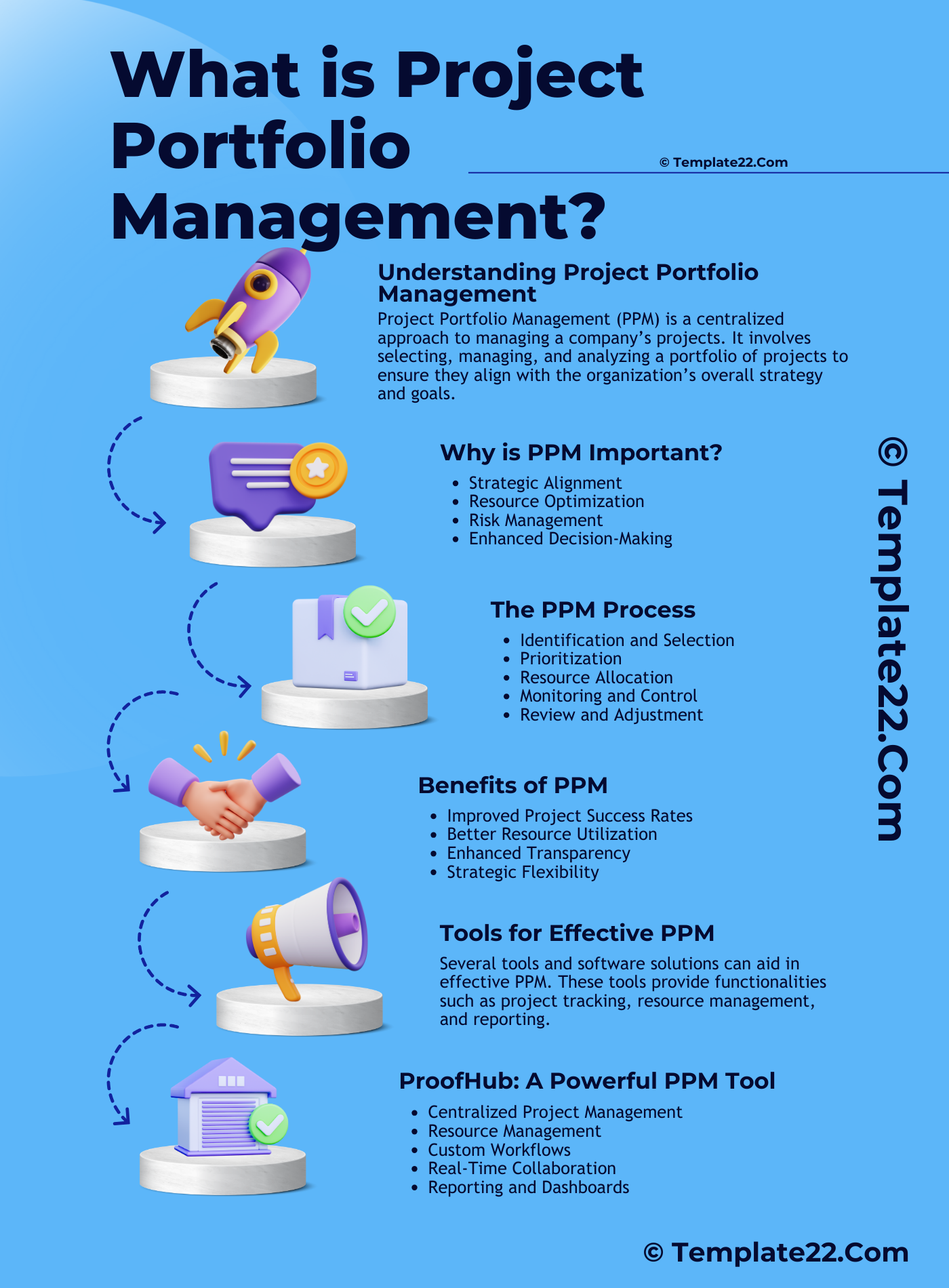
- Enhanced Transparency: PPM provides visibility into all ongoing projects, making it easier to track progress and identify issues early.
- Strategic Flexibility: With a well-managed portfolio, organizations can quickly adapt to changes in the market or strategy, ensuring long-term resilience.
Tools for Effective PPM (Optimize Your PPM Resources)
Several tools and software solutions can aid in effective PPM. These tools provide functionalities such as project tracking, resource management, and reporting. One such tool is Proof Hub, which offers a comprehensive suite of features to help manage project portfolios efficiently.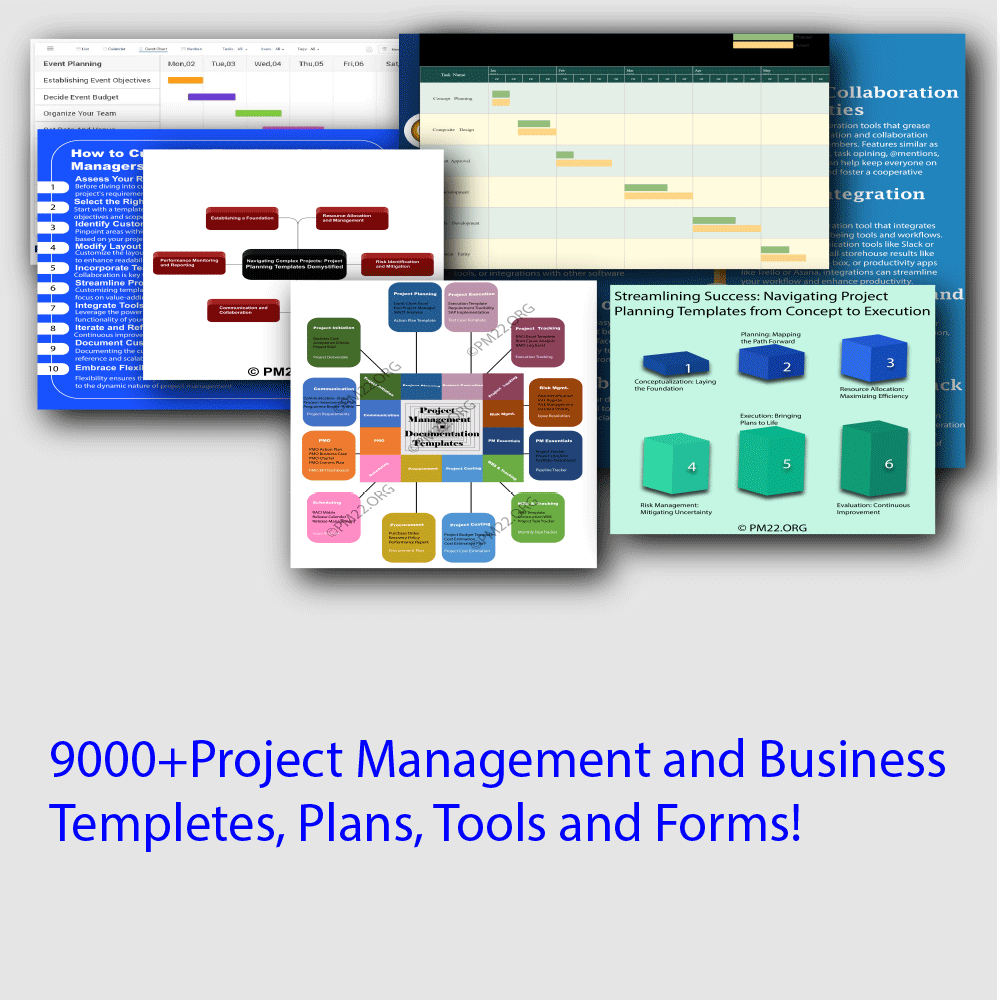
ProofHub: A Powerful PPM Tool
ProofHub is a versatile project management tool that can greatly enhance PPM efforts. It offers:
- Centralized Project Management: Manage all your projects from a single platform.
- Resource Management: Allocate and track resources effectively.
- Custom Workflows: Tailor workflows to suit your specific needs.
- Real-Time Collaboration: Collaborate with team members and stakeholders seamlessly.
- Reporting and Dashboards: Gain insights into project performance with detailed reports and dashboards.
Conclusion
Project Portfolio Management (PPM) is a critical approach for organizations looking to optimize their project outcomes and align with strategic goals. By following a structured PPM process and utilizing effective tools like ProofHub, businesses can achieve greater efficiency, improved resource utilization, and enhanced decision-making. Embrace PPM to navigate the complexities of managing multiple projects, optimize your PPM resources, and drive your organization toward long-term success.
